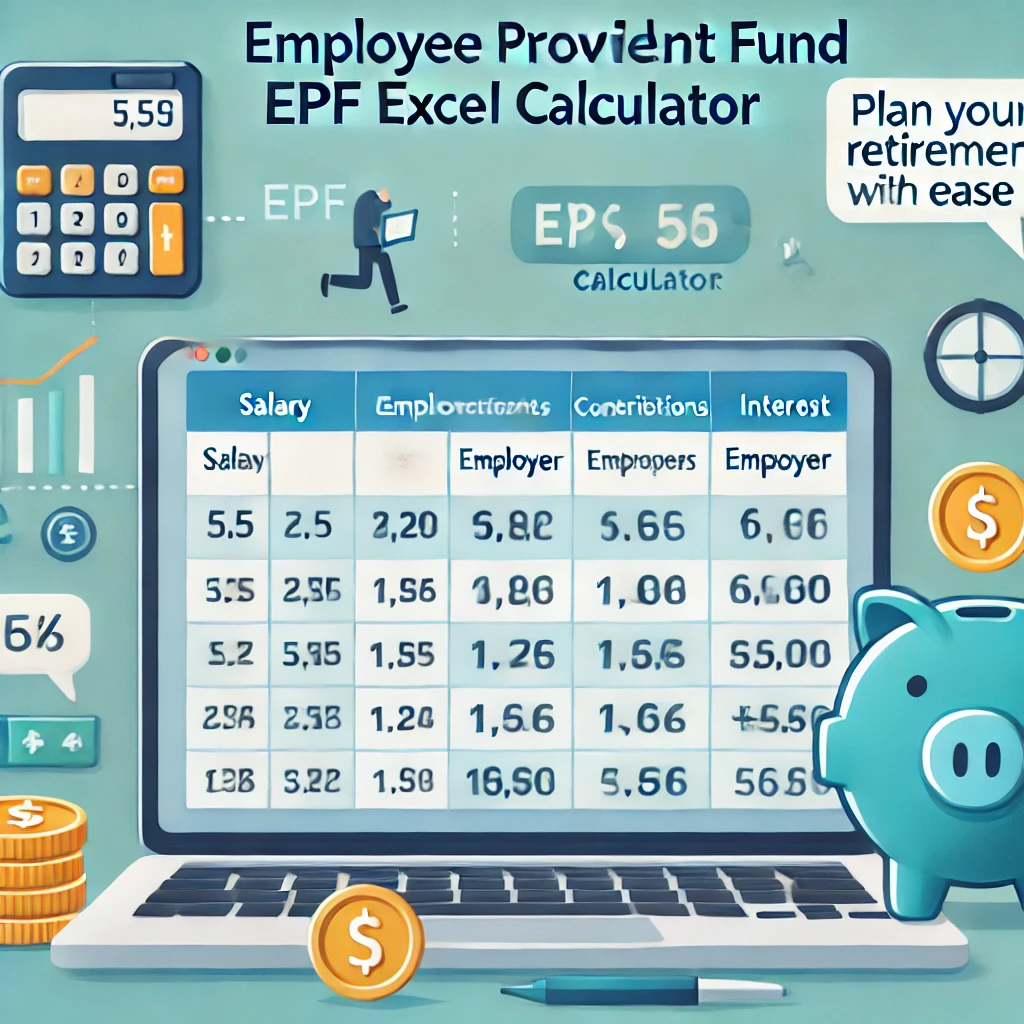The New Tax Regime, introduced in Budget 2020 under Section 115BAC of the Income Tax Act, 1961, aims to simplify the tax system and provide lower tax rates without the need for numerous exemptions and deductions. Over the years, amendments have enhanced its appeal, making it a viable alternative for taxpayers.
This article provides a comprehensive overview of the new tax regime, including its sections, amendments, advantages, disadvantages, and the government’s objectives.
What is the New Tax Regime?
The New Tax Regime offers lower income tax rates but disallows most exemptions and deductions. It is optional, meaning taxpayers can choose between the Old Tax Regime and the New Tax Regime based on their financial situation.
Tax Slabs Under the New Tax Regime (FY 2024-25)
Key Amendment:
From FY 2024-25, the standard deduction has been increased to ₹75,000 for salaried individuals and pensioners. Additionally, those earning up to ₹7,00,000 are eligible for a rebate under Section 87A, making their effective tax liability nil.
Key Features of the New Tax Regime
- Lower Tax Rates: Provides reduced rates across income slabs.
- Limited Deductions: Most exemptions and deductions available in the Old Tax Regime are not applicable.
- Optional System: Taxpayers can choose between the Old and New Regime annually (for salaried) or at the time of filing returns.
Sections Applicable Under the New Tax Regime
- Section 115BAC: Governs the rules of the New Tax Regime, including rates, eligibility, and conditions for opting in.
- Section 87A Rebate: Offers a rebate for taxpayers earning up to ₹7,00,000, effectively reducing their tax liability to zero.
- Standard Deduction: Salaried individuals and pensioners are entitled to a deduction of ₹75,000 under the New Regime.
Key Exemptions and Deductions Not Allowed
Section 80C: Investments like PPF, NSC, ELSS, etc.
Section 80D: Health insurance premium deductions.
House Rent Allowance (HRA).
Leave Travel Allowance (LTA).
Standard Deduction (₹50,000) under the Old Regime.
Advantages of the New Tax Regime
- Simplified Structure: Eliminates the complexity of multiple exemptions and deductions.
- Lower Tax Liability: Beneficial for taxpayers with no significant investments or deductions.
- Encourages Disposable Income: Promotes spending by reducing the reliance on tax-saving instruments.
- Transparent Compliance: Simplifies tax filing, reducing errors and ambiguities.
Disadvantages of the New Regime
- No Incentive to Save: Removes the motivation for taxpayers to invest in tax-saving instruments.
- May Not Suit Everyone: Individuals with substantial deductions under the Old Regime might pay more tax under the New Regime.
- One-Size-Fits-All Approach: Ignores the varying financial goals and saving habits of taxpayers.
- Reduced Benefits for Homebuyers: Interest on home loans is not deductible.
Government’s Objective Behind the New Regime
- Simplification: The government aims to simplify the taxation process, making it easier for taxpayers to understand and comply.
- Boost Spending: By reducing tax burdens for individuals without deductions, the regime promotes higher disposable income and consumption.
- Streamlined Taxation: The New Regime reduces administrative overheads associated with verifying exemptions and deductions.
- Inclusivity: Caters to new taxpayers who may not have significant investments or financial planning.
Comparison: Old Tax Regime vs. New Tax Regime
Example Calculation for ₹12,00,000 Annual Income
New Tax Regime
Gross Income: ₹12,00,000
Standard Deduction: ₹75,000
Taxable Income: ₹11,25,000
Tax Liability:
- Up to ₹3,00,000: ₹0
- ₹3,00,001 to ₹7,00,000: ₹20,000 (5%)
- ₹7,00,001 to ₹10,00,000: ₹30,000 (10%)
- ₹10,00,001 to ₹11,25,000: ₹18,750 (15%)
Total Tax: ₹68,750
Old Tax Regime
Gross Income: ₹12,00,000
Deductions: ₹2,00,000 (80C + 80D)
Taxable Income: ₹10,00,000
Tax Liability:
- Up to ₹2,50,000: ₹0
- ₹2,50,001 to ₹5,00,000: ₹12,500 (5%)
- ₹5,00,001 to ₹10,00,000: ₹1,00,000 (20%)
Total Tax: ₹1,12,500
Conclusion
The new Regime is a significant step toward simplifying the Indian tax system and providing flexibility to taxpayers. We suggest to visit government official website for tax calculator. While it offers lower rates, the absence of deductions may not suit everyone. Taxpayers must evaluate their income, investments, and financial goals before choosing a regime. The government’s focus on transparency and ease of compliance underscores its commitment to fostering a taxpayer-friendly environment.



Pingback: Increase in Standard deductions - Tax Concept